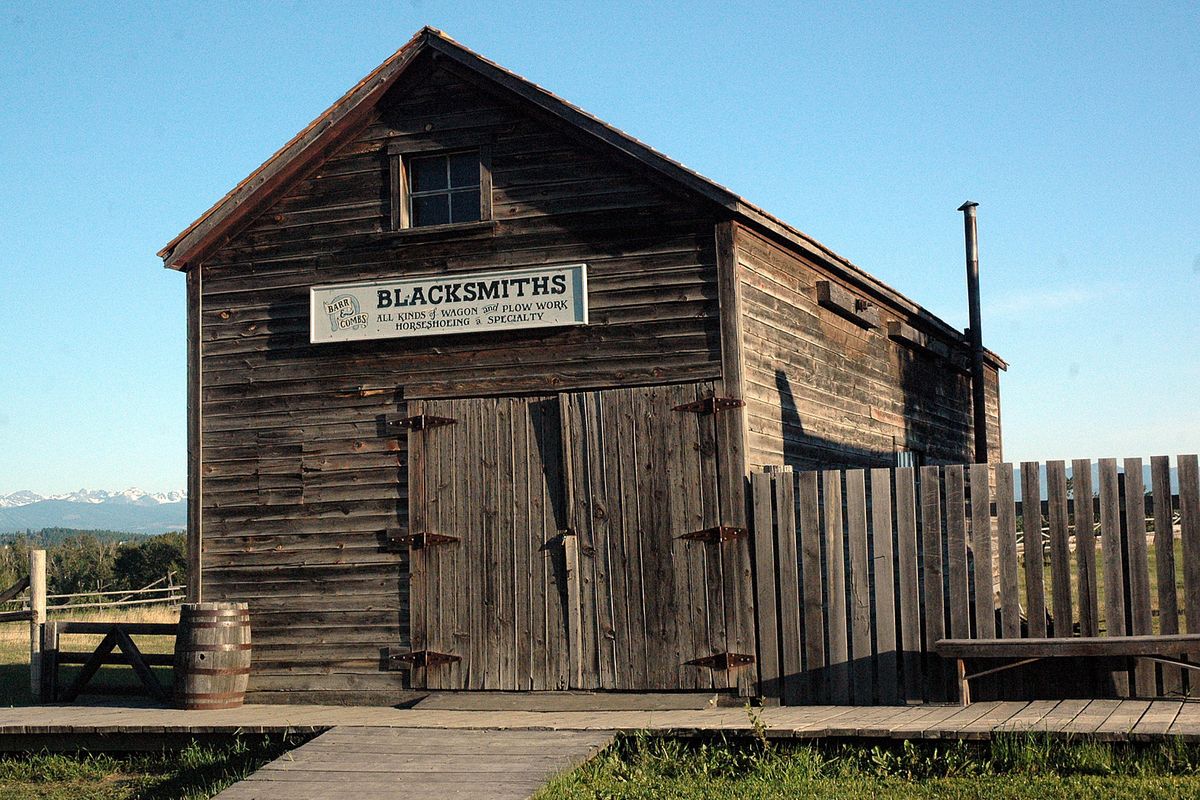B.C. town offers bridge to frontier setting that brings history to life

Walk through the gates of British Columbia’s Fort Steele and you feel you have just taken a time machine to the 1890s.
There are dusty streets, wooden sidewalks, horses, wagons and old buildings. Besides the sights of an old town, there are sounds like the pounding of metal against an anvil in the blacksmith shop, the thump of your heels on wooden sidewalks, chickens clucking and sheep bleating. The setting surrounds and grabs your imagination.
Fort Steele is open all year. However, winter is a good season to drive over the Canadian border to visit the historic town with an imposing backdrop of the snowcapped Kootenay Rockies. During the season, which runs through April, there are fewer activities than other times of year, but there are also fewer tourists and admission is free.
The town originated with a ferry that crossed the Kootenay River. Mining and the possibility of riches from gold brought a rush of people into the area. Later, silver and lead ore were found.
The local Indians were not happy with the arrival of so many non-Indians. An Indian, on suspicion of murdering and robbing two whites, was arrested on shaky evidence. Outraged, Chief Isadore led 25 Indians to the jail and released the accused man. The settlers became alarmed and asked the government for protection.
In 1887, Superintendent Samuel Steele and D Division built a fort near the ferry crossing. Steele found the evidence against the Indian insufficient and dismissed the charges. Steele also negotiated a peaceful settlement for a reservation. The nearby town site was named Fort Steele in honor of his peace efforts. When he learned of the honor he wrote, “I have very strong objections to anything of this kind.”
Fort Steele prospered through the 1880s and ’90s reaching a peak population of 4,000 in 1897-’98. A school, several churches, a newspaper, dry goods store, theater and telegraph were all established. Several blacksmiths were in business in different locations. At the time, blacksmiths were as common and necessary as electricians are now.
By 1902 the population had dropped to about 150 people. The mines had played out, and the railroad had bypassed the town.
Today, many of the original buildings still stand – some preserved or reconstructed, others left to the elements. The province of British Columbia owns the property.
Here, modern conveniences become well appreciated. There are outhouses behind many of the buildings. Using one in the winter certainly must have been miserable. Medical help was at best still primitive. There is an account of the first doctor in town treating a woman with a very painful sinus infection. He extracted a molar and drove a nail up into the sinus cavity. There is no information on whether the patient survived the procedure.
At Fort Steele the imagination runs wild thinking about what it would have been like living in a frontier town. The sights and sounds can almost make you feel like you’re in 1895.